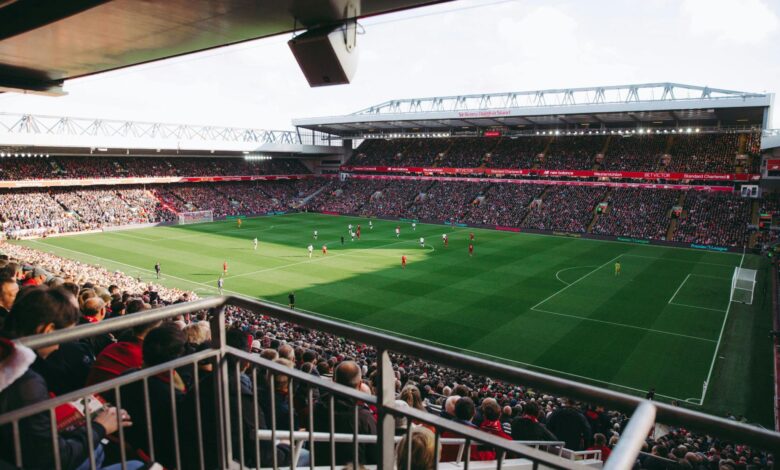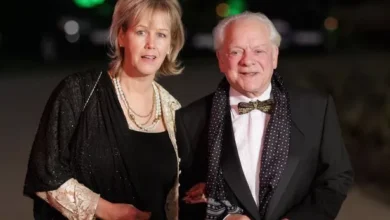The Rise of Soccer: How MLS is Becoming a Global Force

Since its launch in 1996, Major League Soccer (MLS) has wrestled with questions about its identity, both within the American sports landscape and the global soccer ecosystem. It was long seen as an outsider to Europe’s elite leagues and often dismissed as a retirement stop for aging stars, a springboard for young talent, or a limbo for players in between.
However, the days when it was seen as either a uniquely American take on the global game or just another domestic league trying to catch up are gone. Now, as MLS expands its global reach, attracts world-class talent, and forges high-profile partnerships, those old labels are giving way to a new narrative: a league on the rise, carving out its own place in the international conversation.
Let’s explore how these factors influence MLS and make it into a global force.
Apple TV and the Global Stage
In 2022, Apple signed a 10-year global broadcast agreement with MLS worth $2.5 billion (£1.93 billion), which equates to $250 million (£193 million) per season. This deal replaced previous arrangements with ESPN, Fox, and Univision, and gave Apple exclusive rights to stream every match through the MLS Season Pass. Supporters now enjoy consistent access to matches in over 100 countries, along with interviews, previews, and original series like Onside: Major League Soccer.
Besides match coverage, Apple has also integrated Apple Maps in MLS stadium locations, while Apple Music features playlists curated by clubs and players. Season ticket holders can also receive this streaming service at no extra cost, and select matches are available for free, which encourages casual viewers to explore the league. In this way, MLS not only gains global exposure across devices and platforms but also shares additional income with Apple if subscriptions surpass a certain threshold.
The Messi Effect
In 2023, Lionel Messi signed a 2 ½ year deal with Inter Miami after leaving Paris Saint-Germain. His debut in the Leagues Cup against Cruz Azul not only gave him high MLS odds, almost by a landslide, but also drew global headlines that made ticket prices surged by over 1,000% just within hours. Inter Miami’s social media following also jumped from one million to over 17 million, while Apple’s MLS Season Pass gained more than 100,000 new subscribers on the day of its first match.
Following Messi’s arrival, other high-profile signings, such as Sergio Busquets, Jordi Alba, and Luis Suárez, joined Inter Miami. Other teams had also signed many elite players, such as Marco Reus with the Los Angeles Galaxy and Olivier Giroud with the Los Angeles FC. These moves attracted younger players and raised the league’s profile as a viable destination for promising players and career development.
Youth Development and International Transfers
As international veterans raise the league’s visibility, MLS academies continue to produce homegrown talent ready for the world stage. Clubs such as FC Dallas, Philadelphia Union, and New York Red Bulls have heavily invested in youth academies, creating a strong pipeline for future stars. These academies not only feed talent into first teams but also serve as stepping stones to top European clubs and attract international attention.
The success stories are already impressive. Players like Alphonso Davies (Vancouver Whitecaps to Bayern Munich), Brenden Aaronson (Philadelphia Union to Red Bull Salzburg and later Leeds), and Tyler Adams (New York Red Bulls to RB Leipzig and now Chelsea) have proven that MLS can launch international careers. These transfers also generate significant revenue for MLS clubs, which allows reinvestment in infrastructure, training, and scouting.
Sponsorship Surge
Sponsorship activity has brought long-term stability to MLS and changed how the league approaches financial growth. Not only Apple but Adidas has also extended its contract to 2023 at around $830 million (£615 million), which remains the largest investment in North American football to date. This deal includes club kits, match balls, and grassroots support, which aligns with MLS’s efforts to deepen community engagement and build a more unified brand across its expanding roster of clubs.
In addition, Michelob Ultra replaced Heineken as the official beer sponsor of MLS. The brand secured a multi-year partnership that spans all regular matches, the All-Star Game, and the MLS Cup. It also serves as the title sponsor of the Campeones Cup, which features the reigning champions of MLS and Mexico’s Liga MX. For fans, the partnership includes the “Michelob Ultra Superior Player of the Match” award and the “Michelob Ultra Pitchside” platform, which offers them to win VIP access and match tickets.
What Lies Ahead for MLS?
With global broadcasting through Apple, the magnetic pull of superstar signings like Messi, a growing pipeline of youth talent, and major corporate partnerships fueling its rise, MLS’s future looks more promising than ever. In fact, it’s already positioning itself as a serious contender in the world of soccer. The question is no longer whether MLS belongs in the global conversation, but how far it can go in shaping the future of the game.





